Now that Percy is on Mars, operations are beginning, images are being downloaded, and Pamela will finally talk about this mission on air. Plus, a Weekend Update on all the stories from last week and an interview with Dr. Elisabeth R. Newton about finding exoplanets in a river of young stars.
Media
Transcript

CREDIT: Dartmouth College
Hello and welcome to the Daily Space. I am your host Dr. Pamela Gay.
And I am your host Beth Johnson.
And we are here to put science in your brain.
And we have so much science. Later in this episode, we’re going to bring you a round-up of all things Perseverance and an interview with Dr. Elisabeth Newton about the TESS mission’s hunt for young and maturing planets. Before we do that, however, we’re going to do a rapid-fire rundown of news.
And we’re going to start with the nearby black hole Cygnus X-1. Detected as a powerful source of X-rays in 1964, this compact object, which is located in a binary star system, was the first object assumed to be a black hole. And, until a new paper in Science, we thought it was pretty average, with a twenty-ish solar-mass black hole orbiting next to a large blue giant. The problem is, we may have mis-measured just how far away this system is.
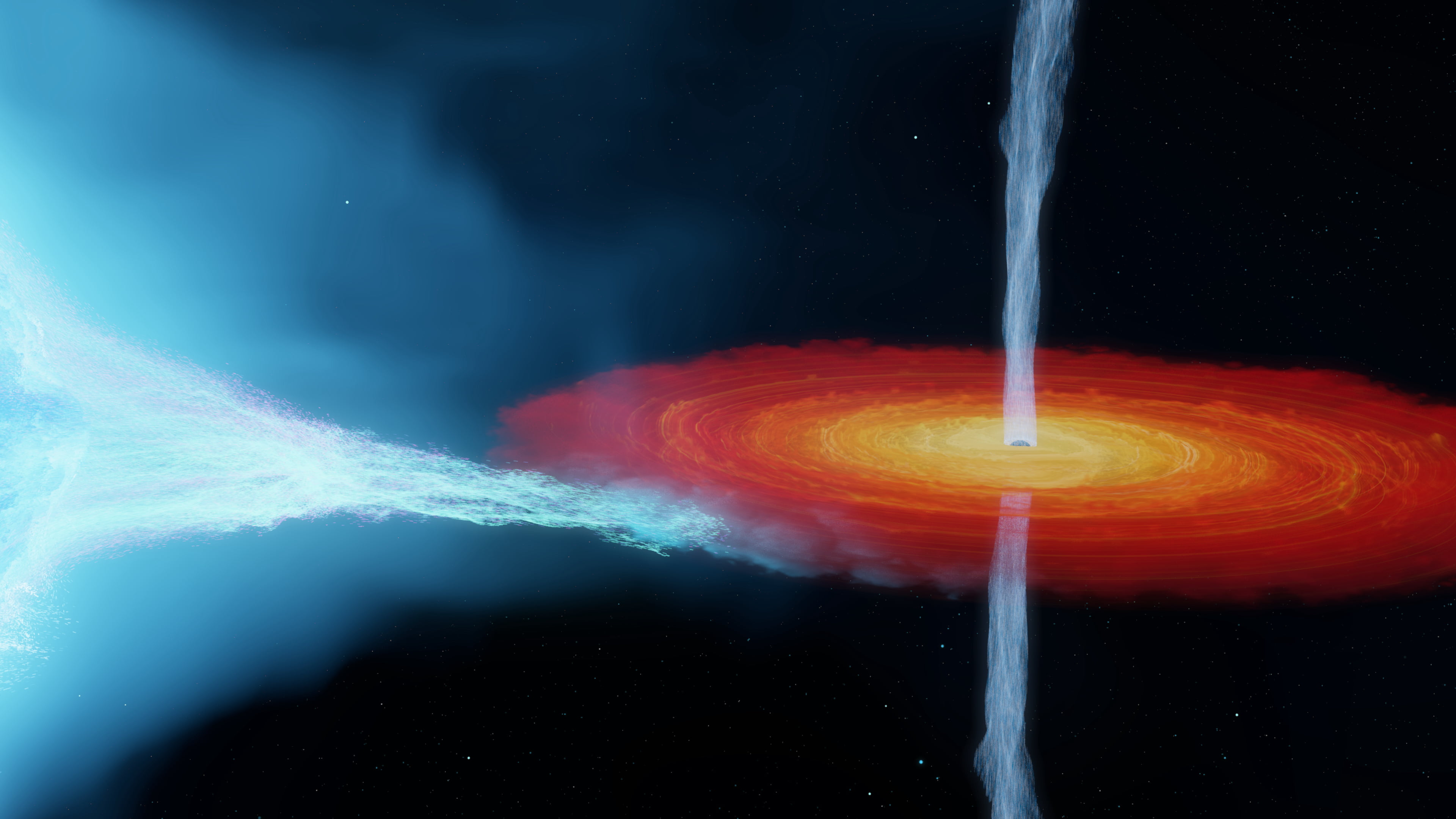
Research led by James Miller-Jones now shows that Cygnus X-1 is roughly twice as far away as we thought and therefore needs to be a whole lot bigger. Basically, we found out the nearby big monster is actually a farther away, much bigger monster, and we’re no longer sure how it formed. Black holes formed from a single star aren’t supposed to get this big. That said, according to my doctor, I’m also not supposed to get this big. Let’s face it, sometimes mass finds a way and neither I nor the universe like to stay within the limits placed by science.
Black holes come in all sizes and form in a lot of different ways: a single star collapses, one object eats another, smaller black holes merge into bigger black holes, turbulence collapses a lot of stuff in the early universe into a supermassive black hole. There are lots of ways to make black holes. However you make them, once you have that black hole, you have massive gravitational potential, that, just like a bike cruising down a mountain, can accelerate particles to massive energies.
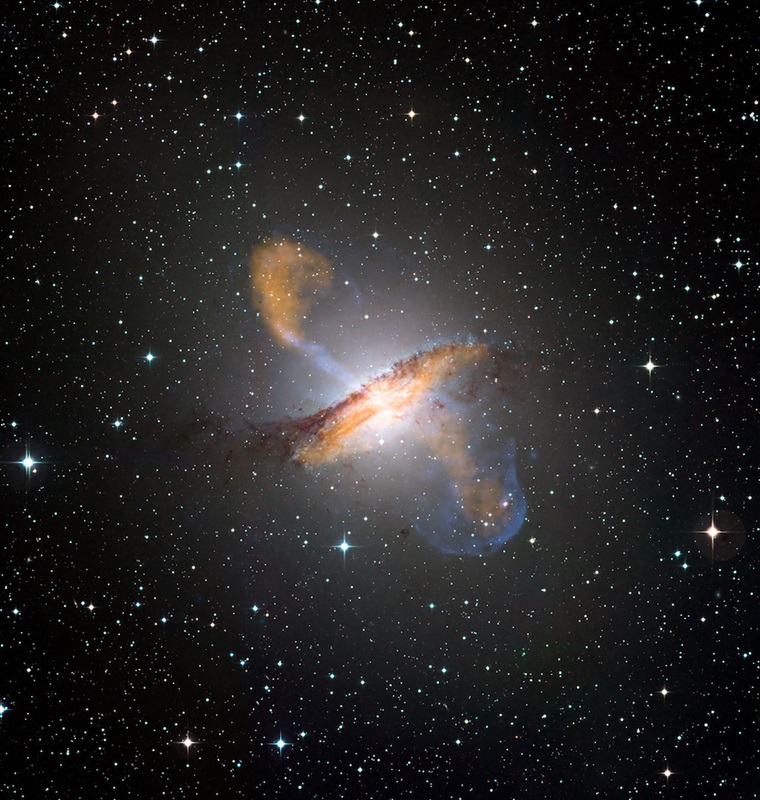
Occasionally we find small particles called neutrinos with massive energies, and according to a new paper in The Astrophysical Journal with lead author AV Plavin, these neutrinos probably get generated in the environment of supermassive black holes. These results come from looking at the source of a bunch of high-energy neutrinos — 200 TeV and higher — and saying that they consistently appear to come from a special kind of active galaxy called a blazar.
But again, the universe doesn’t like to stay within limits. Plavin and Company promoted their results on February 22. The exact same day, a different paper came out in Nature Astronomy documenting the story of a 200 TeV neutrino that did not come from a blazar. Nope. It appears to have come from the destruction of a star by a black hole in the outskirts of a distant galaxy.
In this case, the neutrino was detected as well as the bright flash of light of the star being consumed. Second author Sjoert van Velzen admits: The origin of cosmic high-energy neutrinos is unknown, primarily because they are notoriously hard to pin down. This result would be only the second time high-energy neutrinos have been traced back to their source.
So yes, in theory, high-energy neutrinos should come from active galaxies, but occasionally, Reality is going to throw us a neutrino from a shredded star as well, because it can.

Theorists live a hard life. They try and figure out what should be happening, while observational folks are out there actually looking at what is happening. When the theorists get it right, they can get a Nobel Prize, but when they get it wrong, it’s a bad day.
Enter theorists Louis-Alexandre Couston and Martin Siegert who on February 17 published an article in Science Advances describing how subglacial lakes in the Antarctic could support life. They were cautious, stressing microbial life could exist and explained that: As they have no access to sunlight, microbes in these environments do not gain energy through photosynthesis, but by processing chemicals.
That February 17 paper, well, it was in the works for months, and just two days before it came out, a group of scientists announced how they had quite accidentally discovered not only microbial life, but sea sponges and other weird critters happily proclaiming, “Why yes, we can exist!” beneath the Antarctic Ice Shelf. This isolated water, between the seafloor and the glacier, isn’t exactly a subglacial lake, but this wasn’t someplace anyone expected to find life.
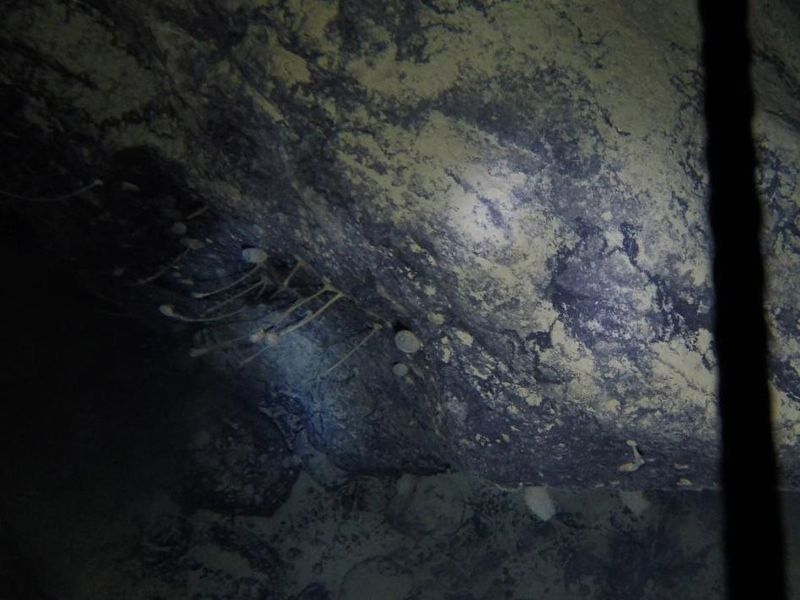
These critters were found living on a boulder 260 kilometers from the ice front while the researchers were digging boreholes for other geological and glaciological studies. This was a normally completely dark place, and the nearest sunlight was somewhere between 625 km and 1500 km away. Clearly, theorists need to dare to dream their lifeforms bigger, because life will find a way.
With so many missions going to Mars, the question on many minds has become “Can life find a way on Mars?” New experiments performed by NASA and the German Aerospace Center find that Earth life will unhappily survive, at least temporarily, in Martian conditions. Joint first author Marta Filipa Cortesão explains: We successfully tested a new way of exposing bacteria and fungi to Mars-like conditions by using a scientific balloon to fly our experimental equipment up to Earth’s stratosphere. Some microbes, in particular spores from the black mold fungus, were able to survive the trip, even when exposed to very high UV radiation.
This is further evidence that black mold refuses to die, and this research gives us further reason to keep sterilizing all the spacecraft we send to Mars. If Mars has native microbes, we really don’t want to kill them with our microbes or accidentally generate a super microbe by letting things crossbreed. Mars does not need a black mold problem.
In parallel with that high altitude work, a team at the University of Vienna was looking at the chemistry of Mars to see if it could support life. Specifically, astrobiologist Tetyana Milojevic ground up a tiny piece of a Mars meteor and built a tiny Martian environment to see if a kind of microorganism that eats rocks — a chemolithotroph — would eat Mars rocks. The microbe, scientifically named Metallosphaera sedula, did indeed live.
According to Milojevic: Grown on Martian crustal material, the microbe formed a robust mineral capsule comprised of complexed iron, manganese, and aluminum phosphates. Apart from the massive encrustation of the cell surface, we have observed intracellular formation of crystalline deposits of a very complex nature … which we did not observe previously when cultivating this microbe on terrestrial mineral sources.”
Yet again life found a way because it always does.
I thought about being all snarky about our next story, but I can’t find it in me. I’m too excited.
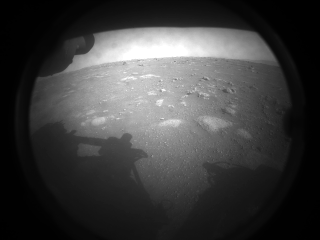
At approximately 2055 UTC on February 18, Percy landed on Mars! I admit that I might not have been as hyped as possible at the time of the landing because I was too busy being the consummate professional that I am, interviewing guests and keeping a show running. But that doesn’t mean it wasn’t amazing. We have, once again, landed a small SUV on Mars.
Perseverance is the last of three missions launched last July to arrive at the Red Planet, alongside the United Arab Emirates’ Al’Amal and China’s Tianwen-1. Unlike those other two missions, Percy didn’t settle into a Martian orbit first. Nope. The U.S. mission screamed in toward the surface immediately and went right for the landing, using the same method as Curiosity, sky crane and all.
There are a lot of differences between the previous rover and Percy, though. First, Perseverance is explicitly going to look for signs of ancient microbial life. While previous missions have happily made progress toward determining if life was possible on Mars, this is the first mission that has the instruments to actually seek out those new life forms. Maybe new life forms? We won’t know unless we find them.
Additionally, Percy carries a microphone — a first for a Martian rover, and an instrument requested for decades. In fact, we have an 18-second clip of sound from Mars. Take a moment to appreciate the scope of this clip: we have recorded sounds from another planet. Credit where credit is due, the Soviet Union did this with two of the Venera missions, 13 and 14. Let’s take a quick listen: click here.

And of course, it wouldn’t be a Mars mission these days without images from the High Resolution Imaging Science Experiment or HiRISE aboard the Mars Reconnaissance Orbiter. Not only did HiRISE capture all the various bits of the descent system on the surface, but there is also an amazing image of the rover descending on its parachute. This is a particularly amazing image, as HiRISE isn’t a camera in the point-and-shoot respect. It’s a push broom scanner, which means it’s like using a fax machine to capture a photo of an airplane that’s in flight. NASA wrote: The extreme distance and high speeds of the two spacecraft were challenging conditions that required precise timing and for the Mars Reconnaissance Orbiter to both pitch upward and roll hard to the left so that Perseverance was viewable by HiRISE at just the right moment.
We also have a video. The video covers the landing from the parachute deployment all the way to touchdown.
I get teary-eyed every time I watch it. Simply stunning. That is Mars, everyone. Mars. Whew.
But it’s not just about the landing. Mastcam-Z is a pair of zoomable science cameras, and they’ve already captured their first calibration images. Plus there’s SuperCam, which has a pulsed laser to study rock and sediment chemistry and contains that microphone we mentioned earlier. There are two instruments, the Planetary Instrument for X-ray Lithochemistry (PIXL) and the Scanning Habitable Environments with Raman & Luminescence for Organics & Chemicals (SHERLOC) to do close up geology. SHERLOC even has an imager called the Wide Angle Topographic Sensor for Operations and eNgineering (WATSON) that will be used to map out minerals and organic molecules on the surface of rocks.
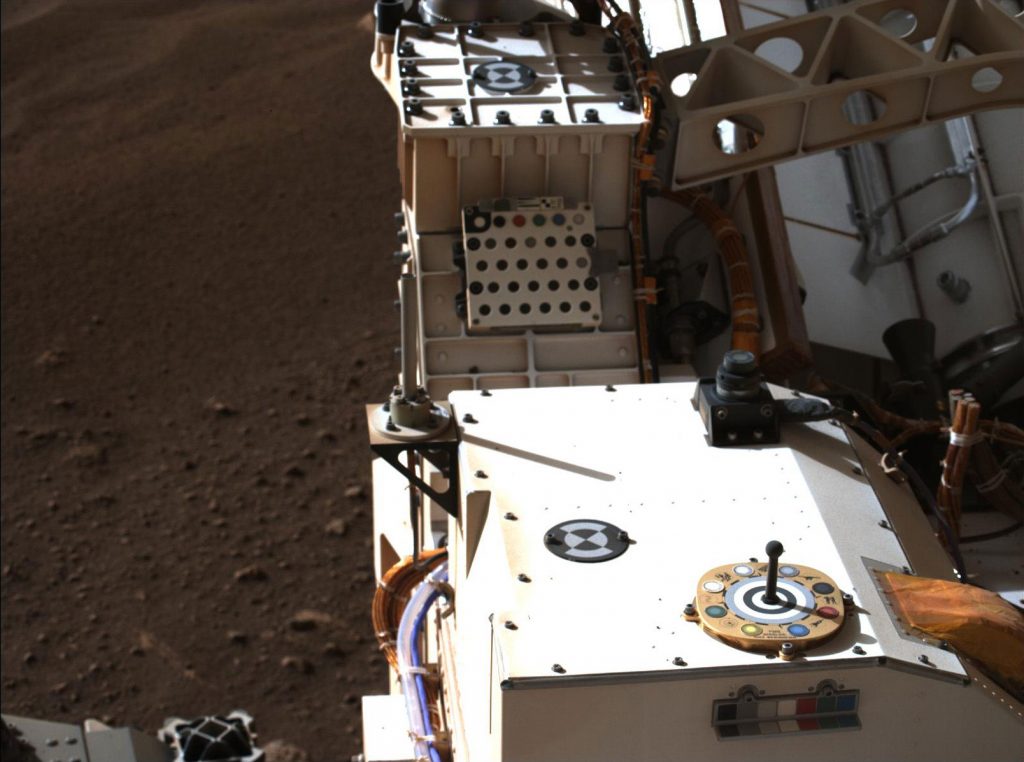
There’s also the ground-penetrating radar called the Radar Imager for Mars’ Subsurface Experiment (RIMFAX), the Mars Environmental Dynamics Analyzer (MEDA) instrument to study climate and dust, the Mars Oxygen In-Situ Resource Utilization Experiment (MOXIE) to try and manufacture oxygen out of literally thin air, and last but not least, the Ingenuity Mars Helicopter. Ingenuity is an engineering demonstration attempting to perform controlled flight on another world. “Ginny” has already reported that everything is nominal, and now we wait for a month or two before operations are attempted.
Overall, Thursday was an amazing day, Percy is safe on Mars, and now we finally can talk about all the great science that will come out of this mission. Oh, and about that parachute. Do yourself a favor and search for “Perseverance parachute code”. You might find you want to “Dare Mighty Things”.
Our last story has two basic parts. One part is the discovery of a trio of exoplanets orbiting a relatively young star called TOI 451. The other part is that the star system resides in a stellar stream, which is pretty neat if you ask me.
Let’s quickly talk about that stellar stream. These streams happen when galaxies collide with other galaxies or with star clusters, and the smaller object gets pulled apart by the gravity of the larger object. The process is sort of like how meteor showers happen, but instead of debris from a comet, you have debris from a galaxy stretching out in the original orbit. This particular stream is called the Pisces-Eridanus stream due to its location in the sky, although it stretches across 14 different constellations. The stream is likely from when the Milky Way collided with a star cluster or dwarf galaxy and is about 1300 light-years long.
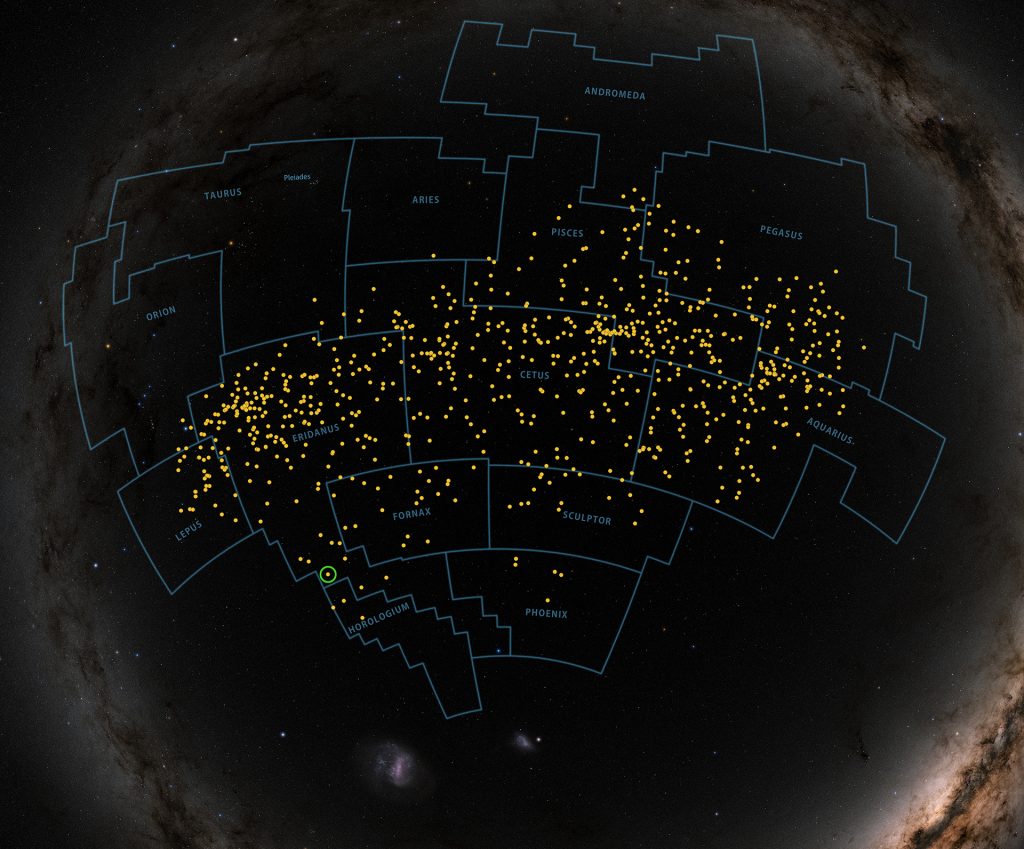
Discovered in 2019, the Pisces-Eridanus stream was found in Gaia data, and then TESS data was further analyzed to find the age of the stars in the stream. These stars are about 120 million years old, similar to the Pleiades cluster of stars. This also makes them eight times younger than the previous estimate, and a fantastic observational laboratory for studying planetary formation and evolution.

On to that system that was discovered around TOI 451. The star is about 400 light-years away, has about 90% of our own Sun’s mass, is 12% smaller, a little cooler, and gives off about 35% less energy. It rotates every 5.1 days, though, and that makes the rotational speed five times faster than the Sun. In the system itself are three hot worlds. TOI 451b is closest to the star, about twice the size of Earth, and orbits in less than two days. TOI 451c is next closest, three times the size of Earth with an orbit of 9.2 days. And TOI 451d is four times the size of Earth with a 16-day orbit.
Since the system is relatively young and relatively close, astronomically speaking, scientists are excited to study the planets and find out if they advance or clarify our understanding of how and when planets form and how their atmospheres evolve. The paper on this discovery was published in The Astronomical Journal.
Joining us now is lead author Dr. Elisabeth Newton, an assistant professor at Dartmouth College who studies stellar astrophysics and exoplanets. Thank you for being here today, Dr. Newton.
[Interview]
This has been the Daily Space.
Learn More
Black Hole Cygnus X-1 Farther, More Massive Than Thought
- ICRAR press release
- “Cygnus X-1 contains a 21–solar mass black hole—Implications for massive star winds,” James C. A. Miller-Jones et al, 2021 February 18, Science
Scientists Claim High-Energy Neutrinos Born in Blazars
- MIPT press release
- “Directional Association of TeV to PeV Astrophysical Neutrinos with Radio Blazars,” A.V. Plavin et al., 2021 February 19, The Astrophysical Journal
Neutrino Traced Back to Black Hole Tidal Eruption Event
- NASA press release
- DESY press release
- “A tidal disruption event coincident with a high-energy neutrino,” Robert Stein, Sjoert van Velzen, and Yuhan Yao, 2021 February 22, Nature Astronomy
- “A concordance scenario for the observed neutrino from a tidal disruption event,” Walter Winter and Cecilia Lunardini, 2021 February 22, Nature Astronomy
Lakes Beneath Antarctic Ice Could Host Life
- Imperial College London press release
- “Dynamic flows create potentially habitable conditions in Antarctic subglacial lakes,” Louis-Alexandre Couston and Martin Siegert, 2021 February 17, Science Advances
Boulder Under Antarctic Ice Hosts Mysterious Sponges
- Smithsonian Magazine article
- “Breaking All the Rules: The First Recorded Hard Substrate Sessile Benthic Community Far Beneath an Antarctic Ice Shelf,” Huw J. Griffiths et al., 2021 February 15, Frontiers in Marine Science
Certain Microbes Could Survive Temporarily on Mars
- EurekaAlert article
- “MARSBOx: Fungal and Bacterial Endurance From a Balloon-Flown Analog Mission in the Stratosphere,” Marta Cortesão et al., 2021 February 22, Frontiers in Microbiology
Experiment Finds Life Can Survive on Martian Meteor Grains
- Universität Wien press release
- “Chemolithotrophy on the Noachian Martian breccia NWA 7034 via experimental microbial biotransformation,” Tetyana Milojevic et al., 2021 February 19, Communications Earth & Environment
NASA’s Mars Perseverance Rover Touches Down on Mars
- NASA JPL press release (Landing)
- NASA press release
- HiRISE press release
- NASA JPL press release (Ingenuity)
NASA’s TESS Finds Planetary System in Young Stellar Stream
- NASA press release
- “TESS Hunt for Young and Maturing Exoplanets (THYME). IV. Three Small Planets Orbiting a 120 Myr Old Star in the Pisces–Eridanus Stream,” Elisabeth R. Newton et al., 2021 January 14, The Astronomical Journal
Credits
Written by Pamela Gay and Beth Johnson
Hosted by Pamela Gay and Beth Johnson
Audio and Video Editing by Ally Pelphrey
Content Editing by Beth Johnson
Intro and Outro music by Kevin MacLeod, https://incompetech.com/music/


 We record most shows live, on Twitch. Follow us today to get alerts when we go live.
We record most shows live, on Twitch. Follow us today to get alerts when we go live.